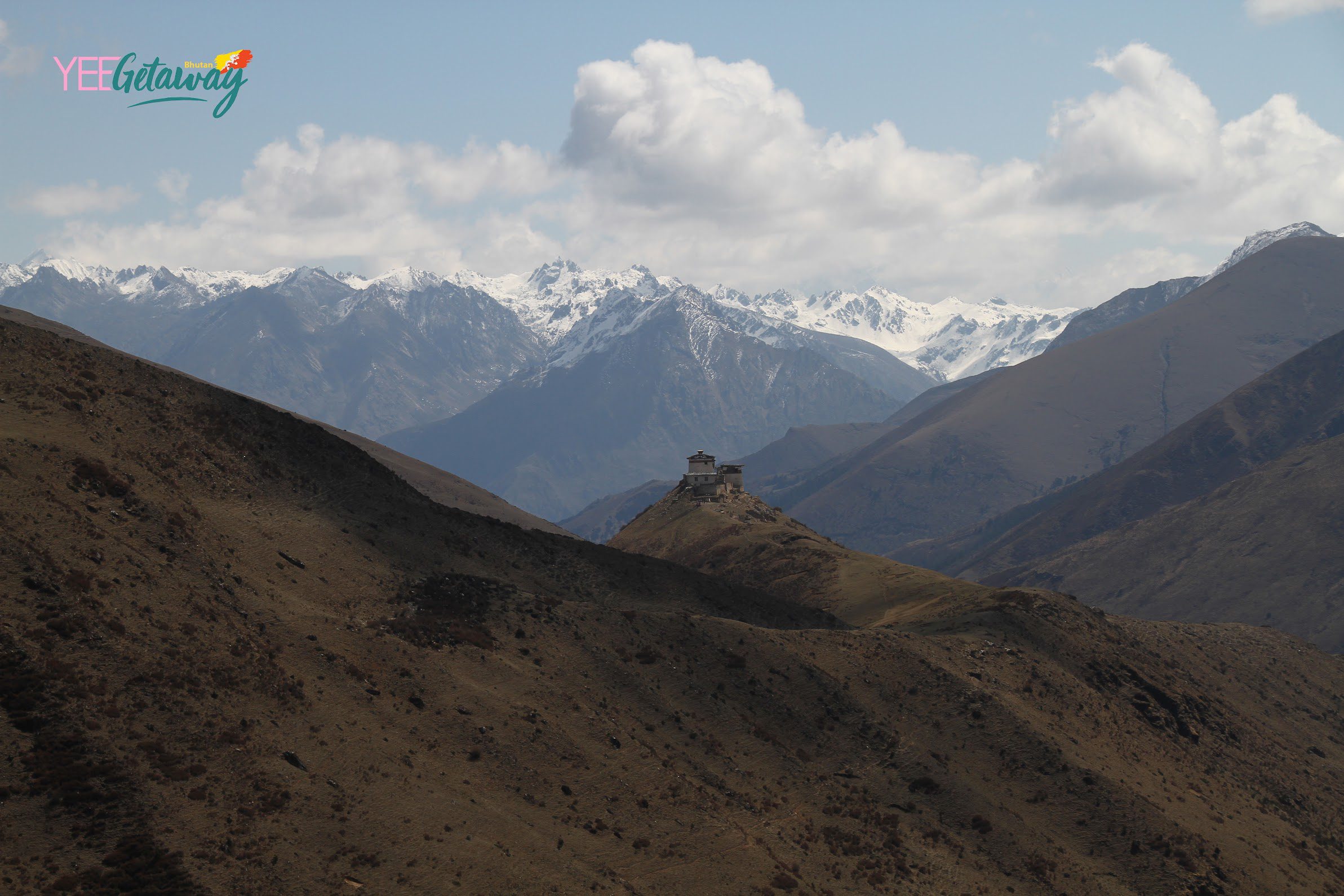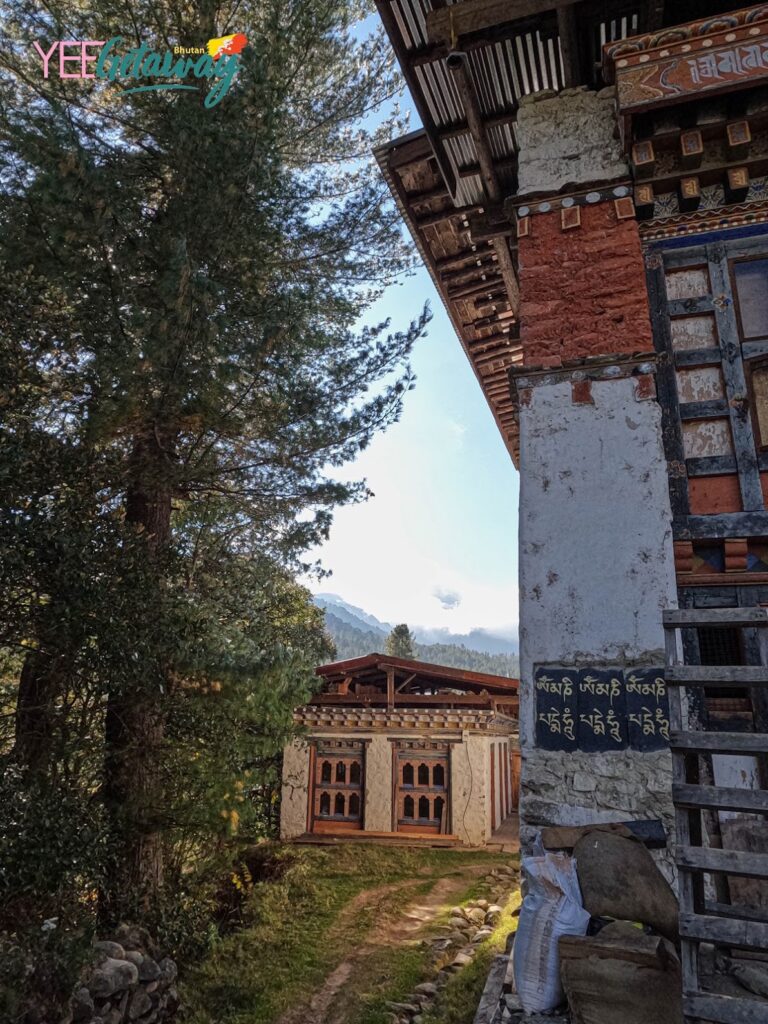
By Cate Kelly
The Land of the Thunder Dragon- The nickname sparks a flame of curiosity in travelers for a country hidden amongst Himalayan peaks and enveloped in forests, valleys, and immense biodiversity. The environment thrives here on the back of groundbreaking sustainability policies, and myths and legends hold court over this mystical nation.
As Bhutan gains popularity as a top destination unlike any other in the world, with coverage from Lonely Planet, National Geographic, Conde Nast Traveler, and other top travel voices and influencers, this last Shangri La still retains untouched places and communities. Sustainable tourism is the name of the game, and by bringing your attention to these top off the beaten track locations in Bhutan, you can support local economies and experience a slice of the world unknown to most people. Let’s jump in!
Zhemgang: Ecotourism Capital of Bhutan
In South-Central Bhutan, Zhemgang is one of the most remote districts and country, concealing some of Bhutan’s most illustrious nature and wildlife. A Dzongkhag bordering India and flushed with nature reserves, including Manas park, the Jigme Singye Wangchuck public park and Thrumshingla Public Park. Birdwatching is superb here as is the wonderful sense of being lost. Zhemgang is also Bhutan’s growing ecotourism destination with innovative new ecolodges, river rafting adventures and elephant rides at Manas Park. But the place has more. Add the architectural splendor of Zhemgang Dzong and the ancient Trong Village, and you may as well have fallen down the rabbit hole! This is indeed wanderland. Guests to Zhemgang will be drenched in the region’s rich history and Khengpa culture. This locale is one of the last remaining places where individuals actually do antiquated animist strict practices, called Bon. Zhemgang area is situated in South Focal Bhutan. The distance between Thimphu and Zhemgang is 7 hr 55 min (280.7 km) through Sarpang – Gelephu – Trongsa parkway.
Location: South-central Bhutan, Zhemgang spans over 2,421 km.sq
People & Language: The predominant language is Khengkha, although Dzongkha is also widely used.
Weather: The highest average temperature in Zhemgang is 34°C in the summer and the lowest is 25°C in winter.


2.Merak and Sakteng
Tucked into the far north-eastern Trashigang Dzongkhag, or district, Merak and Sakteng stand out as similarly unique destinations for untouched wildlife, the incredible, semi-nomadic Brokpa people, and trekking. You’ll be mesmerized by the region’s own distinct culture, from their unique traditional attire, lifestyle and fascinating history. Add in dishes such as Cho La (you’ll have to find out for yourself!) to try and bamboo groves in the lower valleys, and this is quite the adventure. Merak is significantly higher in altitude above Sakteng, filled with yaks grazing on mountainside lands and ancient peoples that originally came from southern Tibet. The two settlements are the only existing communities inside a national park in Bhutan. Sakteng Wildlife Sanctuary is home to some of the most beautiful and unexplored trails like the trek to Jomo Kuenkhar, considered to be the abode of the Female Deity worshiped by the highlanders here. Talk about untouched and untouristed!
Location: Located in eastern Bhutan bordered by Mongar in the West, Samdrup Jongkhar and Pemagatshel in the South, Trashiyangtse in the North and Arunachal Pradesh in the East.
People & Language – Tshangla (Sharchopkha), the normal tongue of eastern Bhutan, is the essential language spoken in Trashigang. The Eastern Bodish Dakpa language and the Southern Bodish Brokpa language are two conspicuous minority dialects that are spoken in the region’s far east.
Weather: The late spring season is warm and overcast with highs of 26 degree celsius. The cold weather months are cool and clear with lows of 2 degrees celsius.


3. Chumey Valley in Bumthang
A little more central to Bhutan lies one of the most picturesque places in the country. Chumey Valley in Bumthang is just after Trongsa, past the dense pine forests and high mountains of Yotongla Pass. A wide open space filled with vast farmlands, clusters of picturesque traditional Bhutanese houses, apple orchards and scattered temples on hills makeup this unknown yet unmissable slice of central Bhutan. Home to Bumthang’s famous Yathra textiles and traditional villages, don’t discount Chumey Valley as a worthy getaway!
Location: Central Bhutan. A 268.6 km drive from Thimphu, around 8 hours. There are also homegrown flights accessible from Paro Air terminal (35 minutes).
People & Language: Individuals in this district are known as Bumthaps and language spoken in Bumthang Kha.
Climate: The typical temperature in Bumthang is 17 degrees Celsius in July and 6 degrees Celsius in January. Bumthang has a moderate environment, with warm summers and cold winters.


4. Gasa and Laya, Northern Bhutan
A village with no road to it. A Tibetan border iced with jagged, snow capped Himalayas. The most remote outpost in all of Bhutan- this is Gasa, the northernmost part of the country that deserves every bit of hype. Gasa Dzongkhag comprises four gewogs- Goen Khatoed, Goen Khamaed, Laya, and Lunana. Individuals of this area number under 3000 and they persist through lengthy and unforgiving winters to appreciate short yet extremely gorgeous summers. Gasa is notable for its high pinnacles, shimmering frigid lakes and bountiful undisturbed regular habitat. With the whole Dzongkhag falling under the Jigme Dorji Wangchuck Public Park, fin species like snow panther, red panda, blue sheep, and wild bear.
Location: With a complete size of 3081.77 sq. km., Gasa is in the far north-west of Bhutan. The locale’s rises range from 1,500 to 4,500 meters above ocean level. It is 133.1 km from Thimphu and will require a 6 hour drive.
People & Language: Individuals of Gasa for the most part speak Dzongkha with an unmistakable emphasis. Individuals of Laya and Lunana Gewogs likewise talk their neighborhood tongue and have a remarkable customary outfit.
Weather: The yearly typical most extreme temperature is 23.1 Degree Celsius and the yearly typical least temperature is – 11.6 Degree Celsius.


5. Lhuentse
Snuggled into the upper east pocket of Bhutan, Lhuentse is home to blessed destinations such as Singye Dzong, Lhuentse Dzong and Takila Master Rinpoche sculpture. Overwhelmed by transcending precipices and rich woods, the majority of the district is essential for ecologically safeguarded regions. Come here to unplug and get off grid and encounter a verifiable and lesser-voyaged district famous for its particular eastern culture and language, master weavers and sharp ara (a conventional matured or refined liquor produced using rice or maize).
Location: The Dzongkhag covers an area of roughly 2853.55 sq. km with heights going from 600 to 5800 meters above ocean level. It is a 437.4 km drive from Thimphu.
People & Language: Those in the east speak dzala, an East Bodish language. Occupants of Southern Lhuentse speak Chocha ngacha, a sister language to Dzongkha. Individuals in the northern and western parts of the district speak the East Bodish Kurtöp language.
Weather: The most extreme expected temperature is a warm 23°C, while the base temperature will be an agreeable 19°C.


Whether you are on the hunt for yet unexplored parts of the world, or simply have an incurable case of adventure, Bhutan is sure to satisfy both. For more in depth coverage of the top off the beaten path destinations in Bhutan, keep browsing the blog!